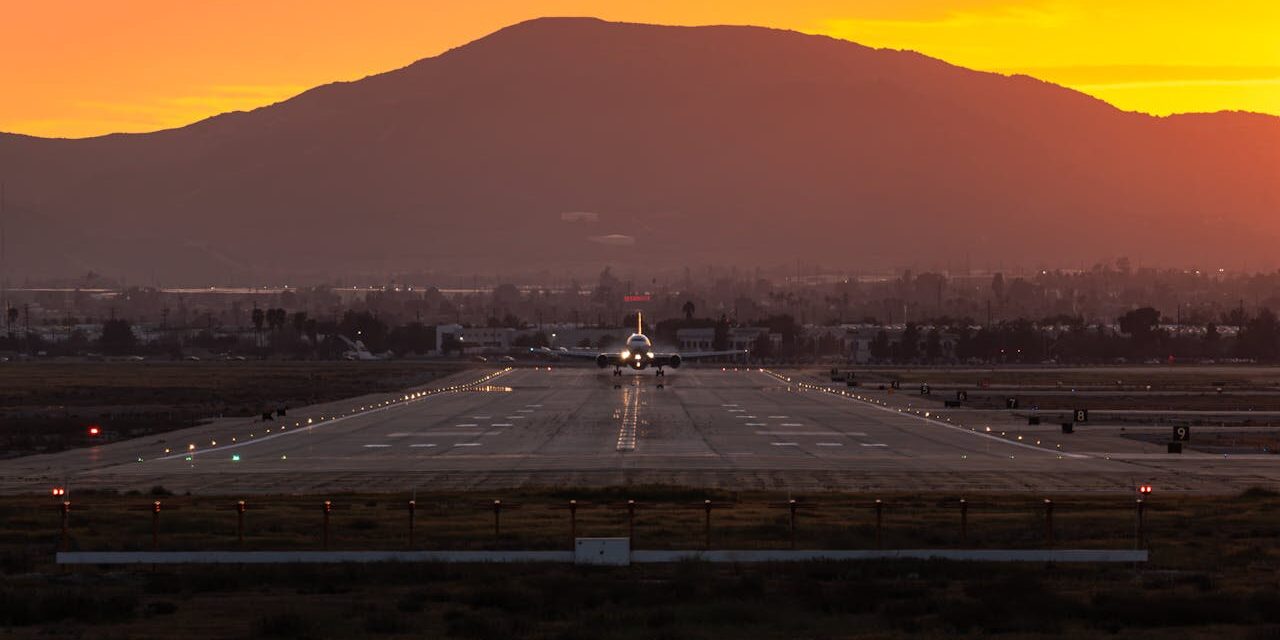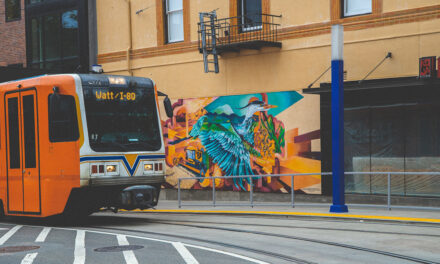San Bernardino’s history stretches back thousands of years as a crossroads for Native American tribes.
The arrival of Spanish missions introduced new cultural and economic dynamics, shaping the early contours of a community that would become pivotal in California’s development.
Table of Contents
The Mormon Influence and Agricultural Beginnings
The city owes much of its early growth to Mormon settlers who established a prosperous agricultural community in the mid-19th century.
Their legacy remains visible in the city’s grid layout and landmarks like the original Mormon stockade.
Railroads and Route 66: Pathways to Expansion
The arrival of the railroad in the late 1800s and the subsequent creation of Route 66 turned San Bernardino into a significant transportation hub.
This era saw the city’s population and economy expand, with the automobile and trucking industries playing significant roles.
Citrus, Commerce, and Community: The Boom Years
San Bernardino became known in California as a citrus belt in the early 20th century, with oranges becoming a crucial part of its identity.
The city also became a bustling commercial center, fostering a strong sense of community and laying the groundwork for future growth.
Challenges and Resilience: Overcoming Adversity
Despite economic downturns and natural disasters, San Bernardino has shown remarkable resilience.
Efforts to revitalize the downtown area and diversify the economy speak to the city’s enduring spirit and capacity for reinvention.
Q&A: Delving into San Bernardino’s Storied Past
Q: How have San Bernardino’s indigenous roots influenced its modern identity?
A: Indigenous roots have fostered a deep appreciation for the natural environment and cultural diversity, integral to San Bernardino’s identity today.
Q: How did the Mormon settlers impact San Bernardino’s development?
A: The Mormon settlers laid the groundwork for San Bernardino’s agricultural prosperity and urban design, which catalyzed future growth and development.
Q: How did the establishment of Route 66 affect San Bernardino?
A: Route 66 brought national attention, tourism, and economic opportunities to San Bernardino, transforming it into a significant waypoint for travelers and a symbol of the American spirit of mobility.
Q: How did the citrus industry shape the city’s economy?
A: The citrus industry was a driving force in San Bernardino’s economy, contributing to its growth as a commercial hub and shaping the region’s cultural and physical landscape.
Q: How is San Bernardino addressing the economic challenges of the 21st century?
A: San Bernardino addresses economic challenges by investing in infrastructure, supporting local businesses, and implementing initiatives to attract new industries and opportunities.
Q: What future developments are expected to shape San Bernardino’s trajectory?
A: Future developments in San Bernardino include urban renewal projects, transportation network expansion, and initiatives to enhance quality of life and sustainability.
San Bernardino’s Path Forward
The story of San Bernardino is a chronicle of adaptability and perseverance, a city that has continually reshaped itself to meet the demands of each new era.
As it faces the future, San Bernardino draws upon the rich story of its past—from the pioneering spirit of its founders to the innovation that has driven its evolution.
With a commitment to progress and a reverence for its heritage, San Bernardino stands poised to write new chapters that will honor the legacy of this enduring city.
What lessons from its multifaceted history will guide San Bernardino as it navigates the road ahead, and how will its residents and leaders craft a vision for a prosperous and inclusive future?





